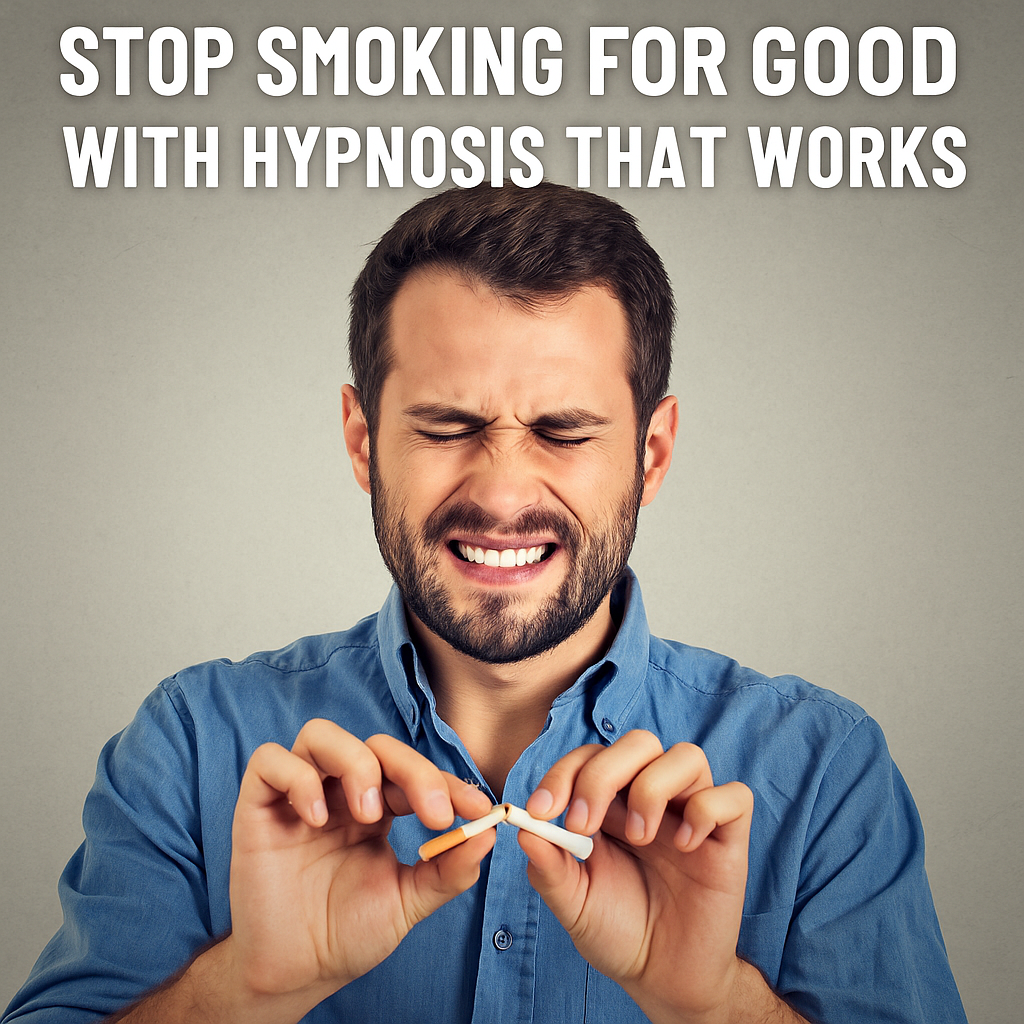5 Ways To Increase Team (and Individual) Productivity!
It was 9am on a foggy Monday morning when I walked into the conference room to observe a meeting with the leadership team.
The company brought me in because there were numerous employee complaints about how they were treated poorly by their supervisors, which was negatively impacting employee productivity, engagement, and retention.
They hired me to “fix” whatever was causing their issue with high turnover and low employee satisfaction survey scores. I quietly walked in, grabbed a chair in the corner, and observed the ten people sitting around a table in the center of the room.
There was a lot of chatter and side conversations, and I wasn’t sure if the meeting had officially started. From what I could gather, a large customer job had gotten messed up, which cost the company five figures.
Two department supervisors were arguing with each other about who was to blame. On multiple occasions, one person would be speaking, and then someone else would cut them off mid-sentence and either talk over them, or they would both be talking (and neither were listening).
Feeling my heart rate accelerate, I peered around the table to see how others were reacting.A few participants sank in their chairs and stared at the table, probably biding their time until this nightmare meeting had concluded.
Others seemed checked out as they scrolled on their phone underneath the table. After what felt like an eternity, the company President stood up like General Patton, and the room went uncomfortably silent. He then began to go around the table, telling each person what they did wrong and what they would do to fix it if they planned on keeping their jobs.
Then everyone got up and left, so I greeted the company president, who said they were solving a problem with one of their customers. Since we had enough rapport for him to hire and invite me to the meeting, he confided that the pressure of constantly telling people how to do their jobs was frustrating and that their meetings weren’t usually like this.
Then I met with a few supervisors at that meeting, and two confessed that “our meetings are always like this.”One supervisor didn’t see any problems with the meeting and defended the “problem-solving” behavior because “you have to be tough to stay in business.”When asking the last supervisor I followed up with if she was clear on what they had accomplished and what her plan of action was, she appeared nervous as if I was going to get her in trouble.
After reassuring her that my job was to improve trust, communication, and psychological safety at those meetings, she admitted not knowing what direction the team was heading.
She said, “Rarely do we get anything accomplished during these meetings and when we do put a plan in place it gets changed halfway through. If we ask for clarification, others act like you’re being resistant, difficult, or you’re not being a team player. I think that’s why people end up quitting around here. Their job duties aren’t clear and then they get yelled at by their boss for not doing a good job.”
That is precisely how the company president led his supervisors, and it was running downhill to the front lines. That team may never have changed, but they were losing so much money due to costly mistakes and employee turnover that they brought me in. Using these five insights, I helped transform how those company leaders communicated with each other.
1) In every interaction you have with others, you are either strengthening or weakening the relationship, whether you realize it or not. Building relationships comes first, then solving problems.
2) Take accountability for your role in the situation even if “you did nothing wrong.” It’s easy to feel sorry for ourselves or blame others, but the best leaders always ask themselves, “How am I contributing to this situation, and what can I do to improve?”
3) Assume the best in others; even if you disagree with an opinion or behavior, never attack their character.
4) Show respect and be open to discovering something new. For example, you cannot learn if your mouth is moving or if you’re making a case in your head while another person is speaking.
5) Be an active part of the solution. Many complain about problems without offering any solutions. Others do not offer solutions because they believe their ideas “aren’t taken seriously so why even bother?”
It was obvious what the problems were to me. Still, they were invisible to many of the leaders in that room, including the company president, who was quite intelligent and successful.
As you read this story, you may think, “How could those leaders not recognize how ineffective their communication was?”It’s always easier to see the blind spots in others.
The question is, “Do you see yours?” I can already tell you the answer is no. That’s why they call them “blind spots.” Thus, I encourage you to take these five insights and immediately begin applying them in your professional AND personal life.
“People will forget what you said,People will forget what you did,But people will never forgetHow you made them feel.”Maya Angelou
Tim Shurr
The post 5 Ways To Increase Team (and Individual) Productivity! first appeared on Indy Hypnosis Center.



